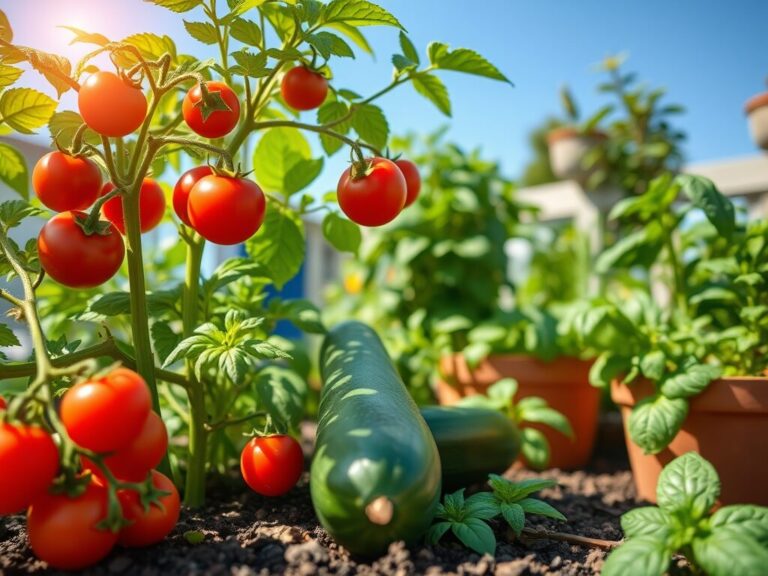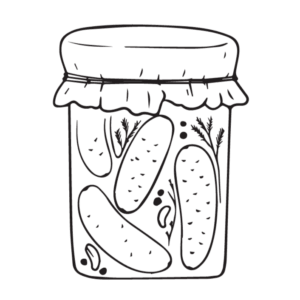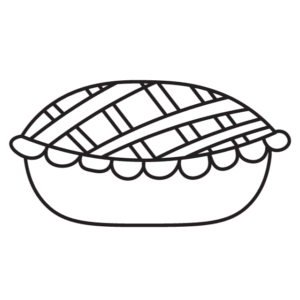Let’s talk seed stashes.
You know that box? The one you swore you’d organize, but now it’s just a chaotic heap of envelopes, half-labeled jars, and mystery seeds you think might be cucumbers? Yeah. That one.
Before you waste garden space and weeks of hope planting seeds that ghost you, you need to test for germination.
It’s fast. It’s easy. And it’ll save you from standing over an empty patch of dirt whispering, “Please grow.”
Why Germination Testing Matters (A Lot)
Seeds aren’t immortal. They’ve got a shelf life — even if they’re heirloom, organic, blessed under a full moon, and stored in a mason jar.
- Tomatoes can stay viable 4–6 years.
- Carrots? You’re lucky to get 2.
- Parsnips? Basically expire while you’re holding them.
Testing germination tells you what’s still got life in it and what belongs in the compost.
What You’ll Need
- A paper towel
- A resealable plastic bag or airtight container
- Water (not swamp water, not motor oil — just water)
- Seeds (the questionable kind you’re not sure about)
- A marker + sticky note for labeling (unless you’re into mystery sprouts)
Step-by-Step: The Paper Towel Method
This is the easiest way to test seeds, hands down. No fancy gear, no grow lights, just basic kitchen counter science.
1. Moisten the Paper Towel
Not dripping. Not dry. Think: wrung-out sponge. You want it damp, not soggy. If it’s too wet, your seeds will rot instead of germinate. Not a vibe.
2. Lay Out the Seeds
Grab about 10 seeds from the batch you’re testing (that makes the math easy later). Lay them in a line or spread them evenly across half of the towel.
3. Fold & Seal
Fold the paper towel over the seeds and slide the whole thing into a plastic bag or container. Seal it up to lock in the humidity.
4. Label That Thing
Write the seed name and date on the bag or a sticky note. Don’t skip this. Otherwise, in five days you’ll be staring at sprouted green things thinking, “Are you broccoli or zinnias?”
5. Warm It Up
Put the bag somewhere warm — 65–75°F is ideal. Think top of the fridge, a warm windowsill, or next to your coffee maker. Don’t roast it. Just a cozy nap zone.
Now You Wait
Most seeds sprout in 3 to 10 days. Some take a bit longer. Check them daily.
- If they’re molding, the towel was too wet or the air was too stagnant.
- If they’re just sitting there? Be patient.
- If they’re sprouting? Congrats. Your seeds still got it.
Calculate the Germination Rate
Once the testing period’s done, count how many seeds sprouted out of 10.
- 9 or 10/10? Plant away. These champs are still A+ material.
- 6–8/10? Totally usable, just sow a little heavier than usual.
- Less than 5/10? Ehh… maybe toss ’em. Or use them in a high-risk experimental corner of the garden you don’t mind flopping.
What to Do With Sprouted Seeds?
If the seeds you tested are from a vegetable or herb you want in the garden right now, you can gently transplant those paper towel sprouts into soil.
Just be careful. Sprouts are fragile like overcooked spaghetti. Use tweezers or your bare (clean) fingers and nestle them into seed-starting mix.
Pro Tips from the Raised Bed Trenches
- Test seeds a few weeks before you plan to plant. This gives you time to reorder if needed.
- Don’t bother testing hybrid seeds from last year’s harvest. They probably won’t be true to type.
- Store unused seeds in a cool, dark, dry place. Not the greenhouse. Not your humid shed. Think basement pantry or a fridge drawer.
Final Thoughts
Testing seed germination isn’t just for nerds with lab coats — it’s for anyone who’s ever been betrayed by a patch of empty soil and a pile of false hope.
It takes 10 minutes and one paper towel. That’s it. And it’ll save you a whole season of regret.
So dig into that dusty seed stash, do a little germination test, and walk into planting season with confidence.
Let’s grow stuff that actually grows.






